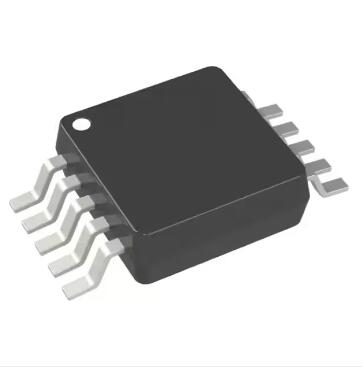Logic circuits are an integral part of modern technology, facilitating the flow of information and enabling devices to perform complex tasks. In any given electronic system, it is common for the logic levels of different components to vary, creating the need for a logic level converter or transmitter to ensure seamless communication between these elements.
So, what exactly are logic level converters and transmitters, and how do they contribute to the smooth operation of logic circuits? In this blog, we will explore the functions, types, and applications of these essential components, shedding light on their significance in the world of electronics.

What is a Logic Level Converter?
A logic level converter is a device that is used to convert the voltage level of a digital signal from one logic level to another. It is commonly employed when interfacing components that operate at different logic levels, ensuring that signals are correctly interpreted and processed.
In practical terms, a logic level converter acts as a bridge between two components with disparate logic levels, ensuring that they can communicate effectively without experiencing signal distortions or misinterpretations.
Types of Logic Level Converters
There are several types of logic level converters, each designed to cater to specific voltage conversion requirements. Some common types include:
1. Bi-directional Level Shifters: These converters facilitate bidirectional voltage level shifting, allowing signals to be translated from one logic level to another in both directions.
2. Uni-directional Level Shifters: As the name suggests, these converters only support one-way voltage level shifting, making them suitable for applications that involve unidirectional signal transfer.
3. MOSFET-Based Level Shifters: These converters utilize Metal-Oxide-Semiconductor Field-Effect Transistors (MOSFETs) to achieve the conversion of logic levels, providing efficient and reliable voltage shifting.
Understanding Logic Level Transmitters
On the other hand, a logic level transmitter is a device that is responsible for transmitting digital signals at a specific logic level. It ensures that the signals are accurately conveyed and received by the target component, playing a crucial role in maintaining the integrity of data transmission within logic circuits.
Logic level transmitters are essential for ensuring that digital signals are transmitted with the appropriate voltage levels, thereby preventing errors and ensuring the reliable operation of electronic systems.
Applications of Logic Level Converters and Transmitters
Logic level converters and transmitters find diverse applications across various electronic systems, contributing to their smooth and efficient operation. Some common areas where these components are utilized include:
1. Interfacing Microcontrollers: In many instances, microcontrollers operate at different logic levels than the peripheral devices they interact with. Logic level converters are employed to ensure seamless communication between these components, allowing them to exchange data without compatibility issues.
2. Sensor Interfaces: Sensors often operate at specific logic levels, which may not align with the requirements of the systems they are integrated with. Logic level converters and transmitters enable sensors to interface with other components, facilitating the acquisition and processing of sensor data.
3. Communication Protocols: Different communication protocols may utilize distinct logic levels for signal transmission. Logic level converters and transmitters play a vital role in ensuring compatibility between devices operating on disparate communication standards, enabling seamless data exchange.
In conclusion, logic level converters and transmitters are indispensable components in the realm of logic circuits, facilitating the communication between devices with different voltage requirements. By bridging the gap between disparate logic levels, these components contribute to the reliability and efficiency of electronic systems, paving the way for seamless data transmission and interoperability. As technology continues to advance, the significance of logic level converters and transmitters in enabling the integration of diverse components in electronic systems cannot be overstated.
